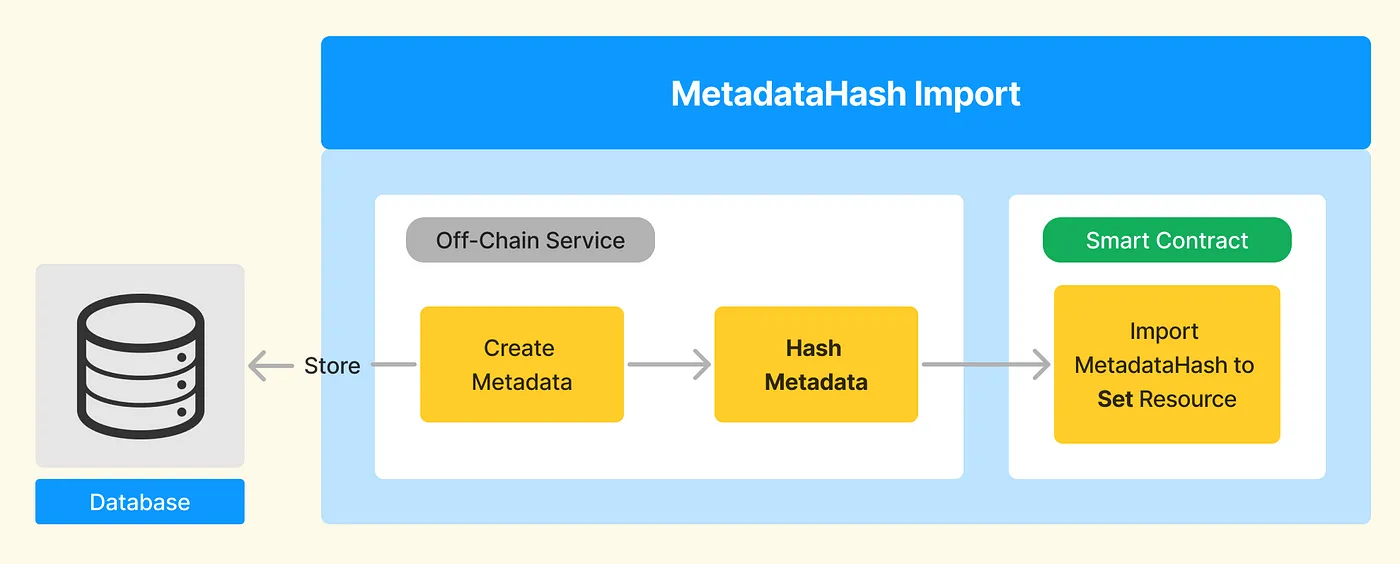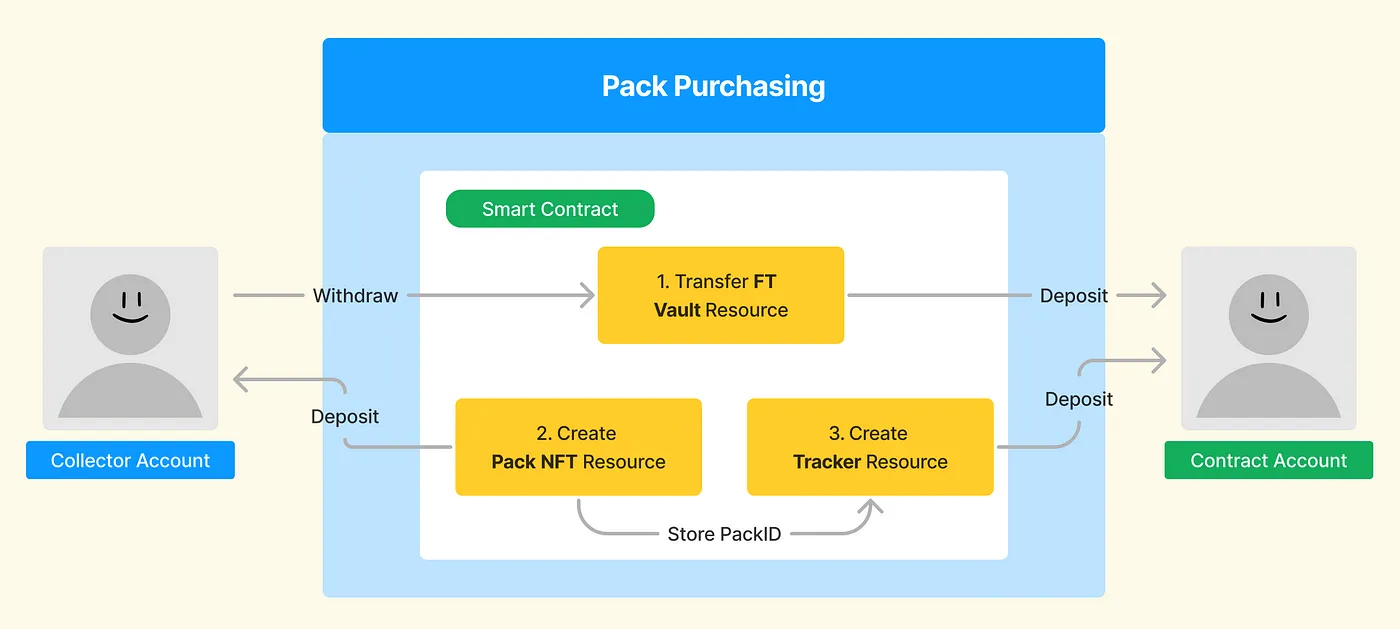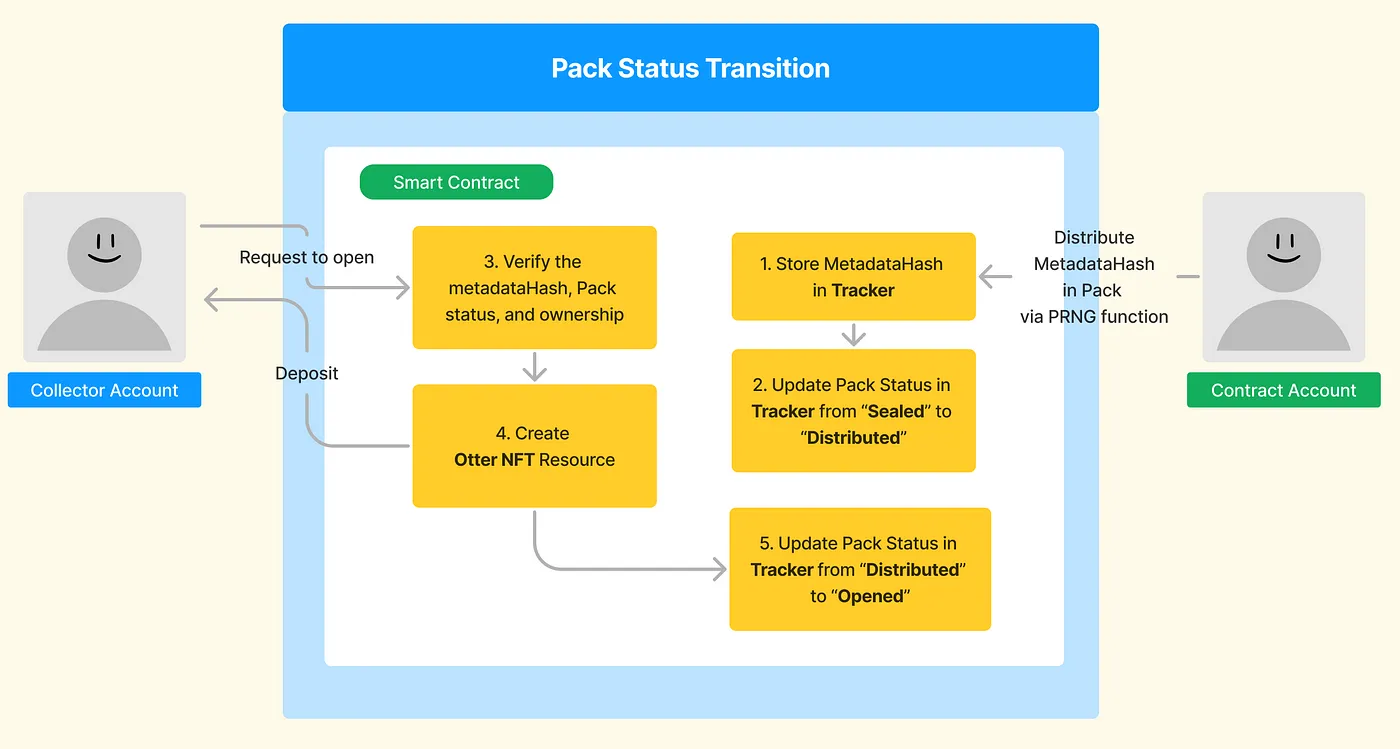 Designed by FreePik Editor
Designed by FreePik Editor
Flow was one of my favorite blockchains due to its scalable and cautious architecture. Tech stacks like Proof-of-stake (PoS), Multi-Node Architecture, and Resource-Oriented Programming Language of Cadence are the factors I like that create a more eco-friendly blockchain technique.
This article aims to introduce a high-level design of the Distribution process. You could view the implementation in the Testnet contract.
What’s Fair Distribution? Why it matters?
When clicking the “Mint” Button on the FOMO project, did collectors really know how NFT’s rarity has been assigned? Indeed, it’s not an issue if the community trusts the team. However, I believe the transparent consensus in Web3 establishing safe and public rules is one of the vital factors to spur the community.
Fair distribution is experimental conduct for a transparent minting process. It aims to ensure all interested parties have an equal chance of acquiring the rare NFT, regardless of their financial or social status. This helps to prevent a situation where a small group of individuals or entities control the rarity of the NFTs, which could lead to market manipulation and price volatility. Fair Distribution matters for the collectors to experience a clear and identical minting process; thereby, to build a trustworthy collecting experience for their community.
Random and Fair
Still, what constitutes “fair”? A TL;DR is a verifiable random function(VRF) that generates a deterministic random number securely and transparently as the NFT distribution index in a Pack. Though we’re not capable of developing a sound mechanism like ChainLink’s VRF, we can recap two essential concepts to make a mini and experimental version via Cadence smart contract:
- The random number generation process must be hardly-to-predicted before unpacking.
- Everyone can verify the random number generation process after unpacking.
The word “hardly-to-predicted” instead of “unpredictable” infers that no matter how complicated an algorithm is, brute-force solutions still possibly exist in the Computer Science field, as quantum computers can potentially break a hash function with an enormous cost. To increase the prediction difficulty, abstracting parts of the generation process out of the codebase are necessary. For instance, since a random number is generated from a random seed, letting holders decide how it could be yielded is a way to separate the generating logic.
Pack Distribution Time Vote is a vote event in Mindtrix Discord. It’ll verify the holders’ identity, and they can determine when the contract could start distributing Packs. The distribution time indicates a future block hash, one of the random seed parameters to initialize a pseudo-random number that will affect the unpacking results. This works based on the assumption that the block hash is hard to calculate or manipulate by delaying the time block.
Another random seed comes from the UUID of a special resource called “Tracker” (we’ll talk about later), only accessible by the contract admin.
Both params aim to create the pseudo-random number generator(PRNG) resource to yield independent numbers. The PRNG contract comes from the Flow community(@j00lz is the author). Some may argue that the contract admin can still change the code. However, this issue exists in every contract even though it can be designed in a multisign update mechanism. Every on-chain operation is public, so if the contract deployer changes their contract, everyone can review it. Thus, the Mindtrix team and holders cannot predict the two parameters to pre-calculate the unpacking result behind the scenes.
Metadata Consistency

To prove no fabrications on the NFT’s rarity, we create MetadataHash of unpacked NFT off-chain and import them into the contract. In the distribution phase, the contract will assign Pack a MetadataHash to map the one from the open pack transaction. If they are identical, the rarity of each unpacked NFT has been consistent.
Pack Status Control and Distribution

To control when to mint Pack NFT and unpack it, the contract creates a Tracker resource while purchasing to record and update Pack’s status, such as Sealed, Distributed, and Opened. You can regard Pack NFT as a claim ticket to request an open pack transaction and receive unpacked NFT.

The distribution will be conducted in batches to generate different random seeds. This allows distributors to provide a stable, fair distribution process for collectors, and we believe it would be a closer approach to the concept of Web3's transparency and trustworthiness.
Disclaimer:
-
The official doc says developers should not rely on the resource UUID’s any particular behavior and or the block hash. Thus, participants should not regard the Fair Distribution as infallible.
-
The random number generation function may not be the final version during the open Pack phase. This is to prevent the possibility of any reverse engineering on the function beforehand.
That's pretty much of it! Let me know if you want to read more Web3 related articles! 🤩